Coral Coast Attractions
The Coral Coast offers an array of fascinating geological, cultural and historical attractions ranging from the magnificent Sigatoka Dunes (a UNESCO World Heritage site) to the Momi Guns, a World War II gun emplacement. There’s also river rafting, diving world class surfing, beaches and other activities. Listed below are the Coral Coast Activities you might consider for your adventure along the Queens Road.
Sigatoka Sand Dunes
The sand dunes, near Kulukulu village, rank as among the most beautiful sights in Fiji and were designated as Fiji’s first National Park in July 1989 and is under the management of the National Trust of Fiji.
There are well maintained tracks and trails around the Sand Dunes so visitors have every opportunity to explore them.
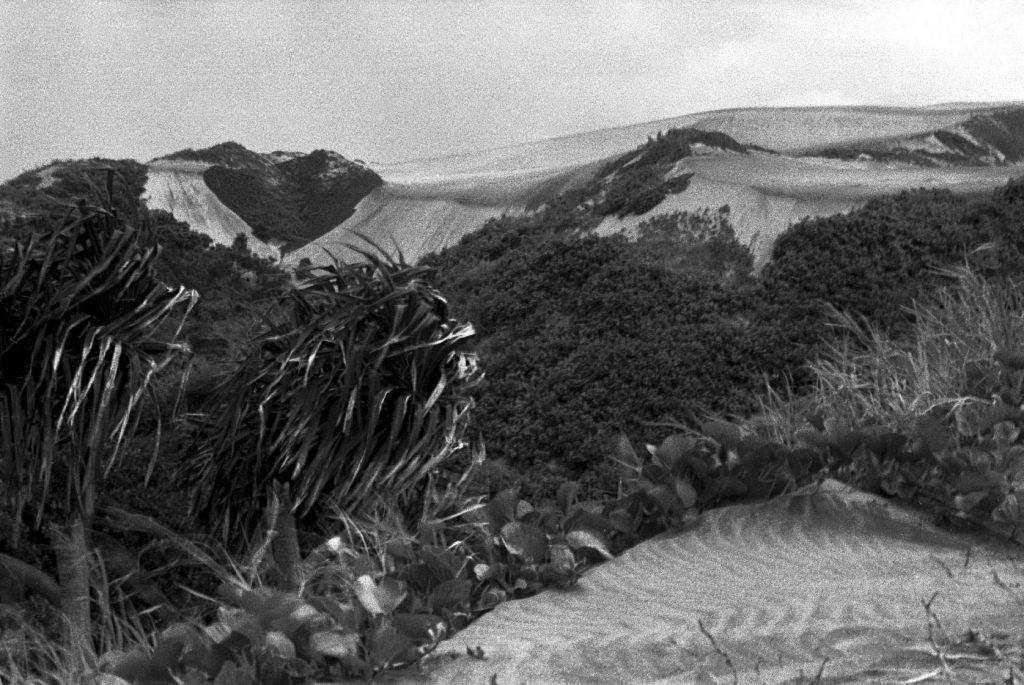
Looking like something out of the Arabian nights, the undulating dunes hug the coastline for several km, their soft sand as fine as flour. The tops of these 30 to 45-meter sand hillocks afford a beautiful vista of green mountains to the east and the ocean to the west. Some of them have been planted with vegetation to resist erosion, while others near the roadside are being stripped of their sand for building materials.
Lapita Pottery
Occasionally you may see shards of ancient Lapita Pottery poking through the sand. Lapita takes its name from an archaeological site in New Caledonia where similar pottery was first discovered. If you happen to find some, do not remove them—they are protected by law. The similarity between the Lapita
and other cultural materials found within the dunes and those discovered in New Caledonia have led experts to believe that these early Fiji inhabitants are of Lapita origin.
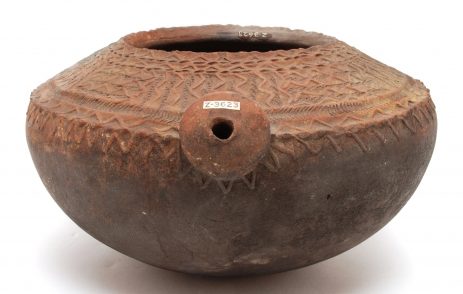
In fact, The first significant clues to man’s arrival in Fiji were discovered at the Sigatoka Dunes in the late 1980’s when a team of archaeologists discovered an ancient burial site. To date, over 50 individual skeletons have be excavated and they date as far back as 2600 years.
There are no real trails or tracks on the dunes and it’s difficult to hike up but worth the effort. If you get too hot (and it can be exceedingly hot) the beach is quite near. Bring water with you. To find the dunes look for the turn off which is marked by a visitors center (about two km west of Sigatoka town).
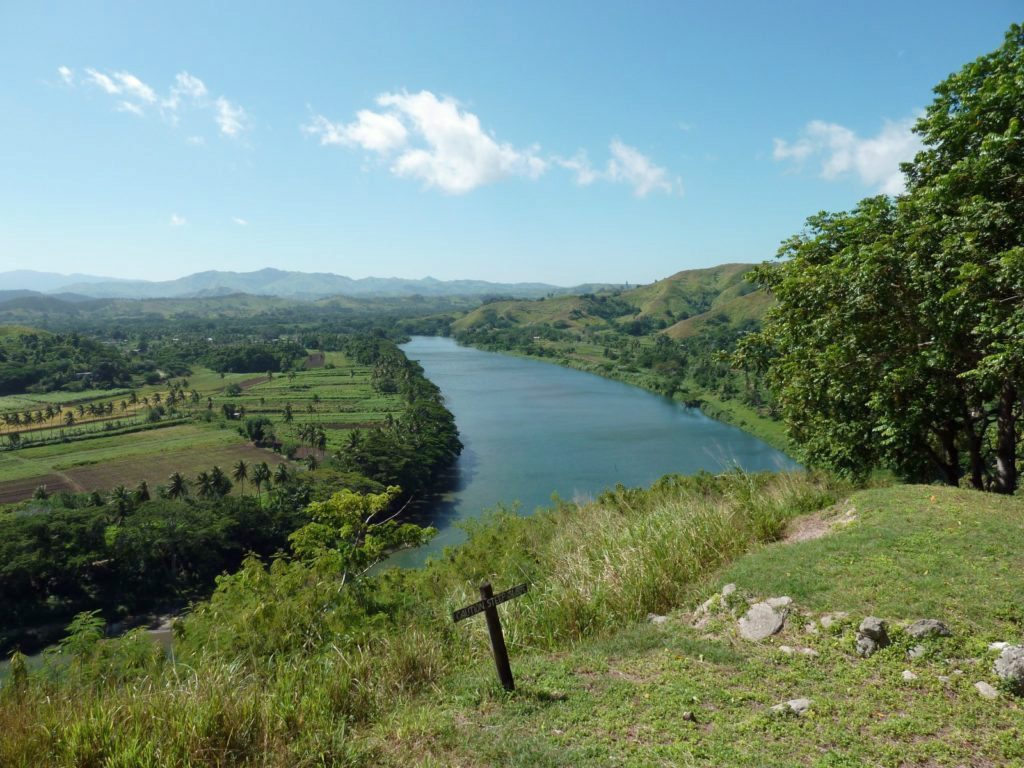
Tavuni Hill Fort
Situated on a bluff overlooking overlooking the Sigatoka River, the Tavuni Hill Fort is a National Archeological Site, which once was the site of a fortified village. Long abandoned, the area has been extensively landscaped and cleared so that ruins are easily viewed. Prior to entering the park, there is a small museum worth seeing. One of the displays is a lovo (underground oven) where humans were once cooked. (When the land was reclaimed and made ready for a park, human bones were found in the oven). You can also hire a guide for a fee who will explain the nuances of the fort remains. It’s money well spent. The guide points out the remnants of 56 structures such as home foundations, a lookout tower, fortress walls, the chief’s bure, and the temple. It takes about one half hour to hike the old hill fort but you can easily spend several hours wandering through the labyrinth of trails. Tavuni can be found 4 km west of Sigatoka on the inland side of the road and is clearly marked by a sign.
Kula Wild Adventure Park
Just east of Bedarra, perhaps two miles away is Kula Wild Adventure Park — a cross between a zoo and a theme park. This roadside attraction will offer you a glimpse of Fiji’s natural world as well as a number of attractions (pool, water-slide, etc) to keep the kids occupied. There’s no venue like it in the country and it consistently wins awards for excellence in Fiji.
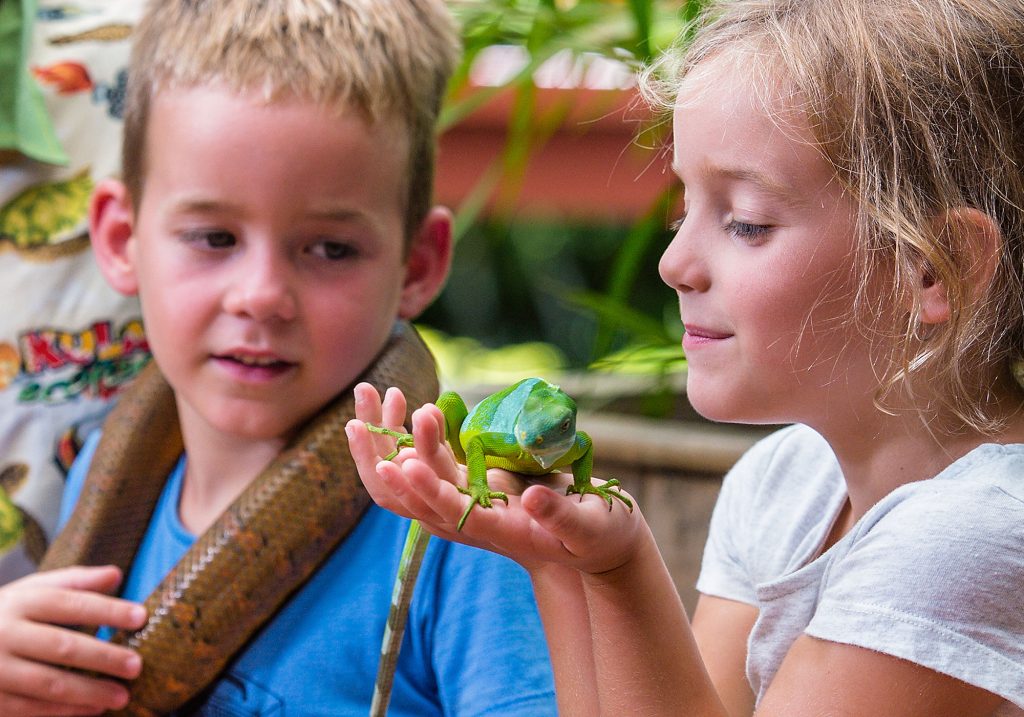
Exhibits
There are numerous exhibits, from very (dead) insects to very live indigenous birds in a zoo like aviary. There’s also an ingenious aquarium that is really a self-contained eco system that features live coral along with fish, hermit crabs, snails and other creatures to simulate a reef system. Located in another room is a tiny replica of a mangrove swamp that’s an integral part of the aquarium. This is critical to the set up because it provides the nutrients that the critters need to survive. The nutrient laden swamp water circulates via pipe to the mini coral reef and keeps the flora and fauna very healthy. The result is a closed system, an experiment that management says, has held up for several years running. The manager of the park, Ramesh Chand, told me that this mini ecosystem is incredibly difficult to replicate and attracts aquarium freaks world wide.
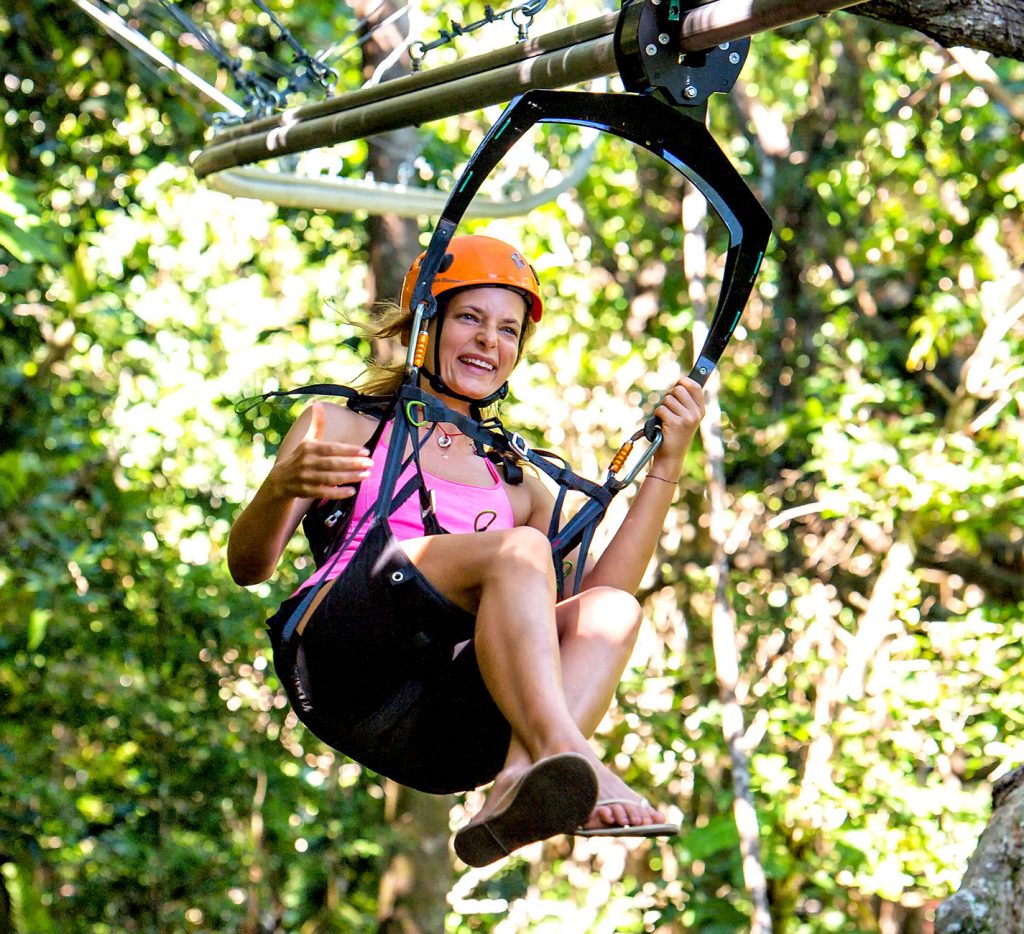
There are also a variety of other indigenous fauna such as parrots, owls, bats, frogs, turtles and snakes. The park serves both as an educational tool for the country’s youth and as a breeding zoo for endangered species such as the crested and banded iguana which are tame enough to be placed on your shoulder. You can also hold a boa constrictor if you like—yet another indigenous species.
Ambitions of the Park
One of the goals of the park is to breed enough numbers of the endangered species to allow other zoos to keep them as “insurance”. Unfortunately there are rows of iguana cages with reptiles patiently awaiting their exit visas. For some reason the Fiji government won’t let them out of the country. Located on about 4 hectares of intact rainforest, the Kula Eco Park is also one of the last refuges for traditional Fijian medicinal flora. Ramesh said that villagers living nearby harvest the medicinal plants because there’s not much rainforest left. There’s also a small section of the park filled with plants that specifically attract butterflies.

In addition to natural history exhibits, flora and fauna, there’s a number of cool things to do such as their “Splash Mountain Water Slide”, the Kula Kiddies’ Splash Pool and Kula Krazy Canopy Flier–a variation on a zip line that swoops down from the forest canopy to the valley floor.
Admission
Admission fee is $55 each for Adults and $30 each for Children below 12 years. The park opens for visitors at 10 am and closes at 4 pm. It takes at least one hour to tour the park—give yourself more time that that. Turtle feeding is at 11 am, 1 pm and 3.30 pm, where guests can actually hand fee the turtles. The park is exclusively funded by gate receipts and donations. Rob says check it out.
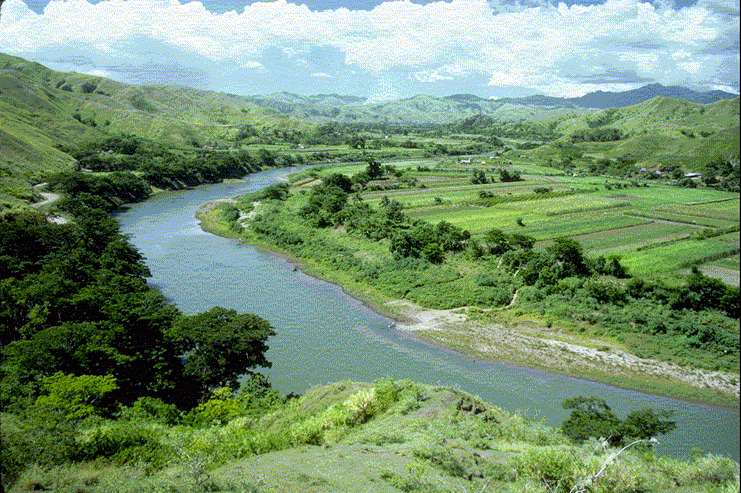
Exploring the Sigatoka Valley – Coral Coast Activities
This valley, the ‘salad bowl’ of Fiji, ranks with the Nausori Highlands as among some of the most magnificent scenery on the island. Follow the main road into Sigatoka town, then turn left and follow the river valley road for about 20 km. The Sigatoka River is second in size and importance among the rivers of Viti Levu. It rises near Nadarivatu in the Nausori Highlands and flows some 136 km to the coast.
The Sigatoka River divides the rich valley into two distinct agricultural areas. The government stipulates that half the valley must be used for growing dalo (taro root), tavioka (cassava), corn, tomatoes, lettuce, green peppers, tobacco, cabbage, passion fruit and other vegetable or fruit crops. At harvest time the crops are transported down the river on handmade bilibili, on small boats or carried by truck to Sigatoka, where they are sent to other markets around the country. The eastern side of the valley is utilized for sugar cane. The government’s reasoning is that, if left to the farmers, all the rich valley land would be used to grow cane exclusively, or whatever crop fetches the highest price. Fiji would thus be without other important produce because of the whims of supply and demand. Farmers are restricted to growing no more than six hectares of cane to make sure that no-one crop monopolizes the land.
Sigatoka marks the end of the cane-growing region. From here onwards precipitation begins to increase and the foliage becomes greener and denser.
I like the idea of renting a car (see below) but if you can’t do that I highly recommend taking the Jet Boat Safari where as the name implies you whiz up the river on a fast boat and someone else does the driving. You’ll stop in a village where drink some kava ceremony, meet the locals, and learn a little about their culture. There are some big advantages to this option.
You’ll be able to get to hard-to-reach local villages that are only accessible by boat, you’re picked up and taken back to your hotel and you’re fed lunch. Have a local guide explain what’s going on is also obviously very nice.
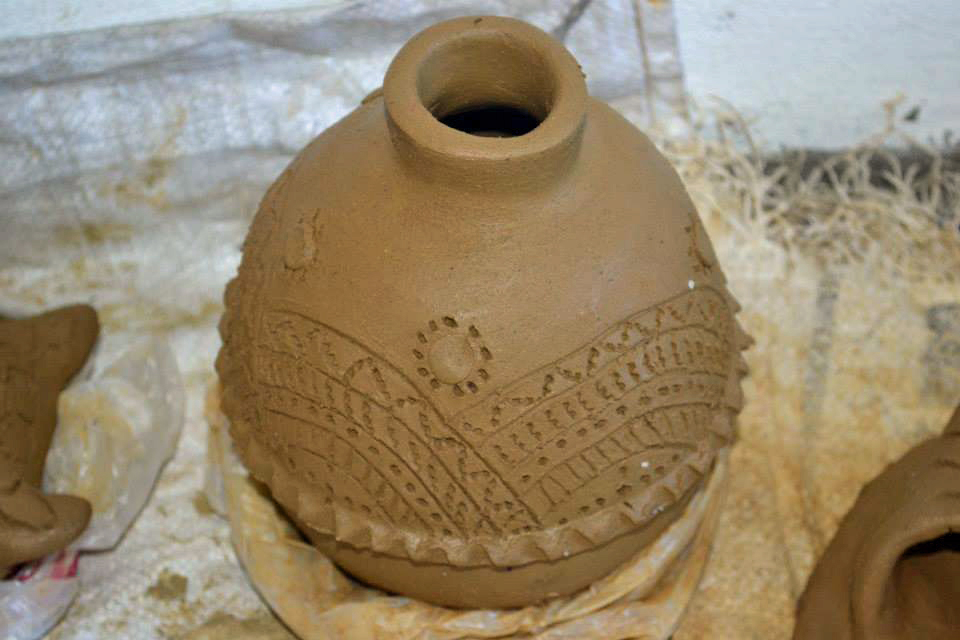
Exploring the Coast
Traveling along the valley road, you should first stop at the agricultural station (about seven km from town) and the nearby pottery village of Nakabuta. Continuing for another five km or so, the road takes a turn to the east at Raiwaqa and heads towards the Yalavou Beef Scheme, a cattle ranch which makes for an interesting detour. About four km along this route is an accessible bat cave. Ask around for directions.
Back on the main road there are several other options. You can follow the valley road another 35 km up to a northern junction (a left-hand turn) a few km past the village of Tuvu. This will take you to the major junction at Bukuya village. At this point, you can continue north to Ba or west to the Nausori Highlands and back to Nadi. Give yourself a comfortable five to six hours to travel from Sigatoka to Nadi. Both rides are magnificent. The northern route is a bit rougher and would be better negotiated with a 4WD.
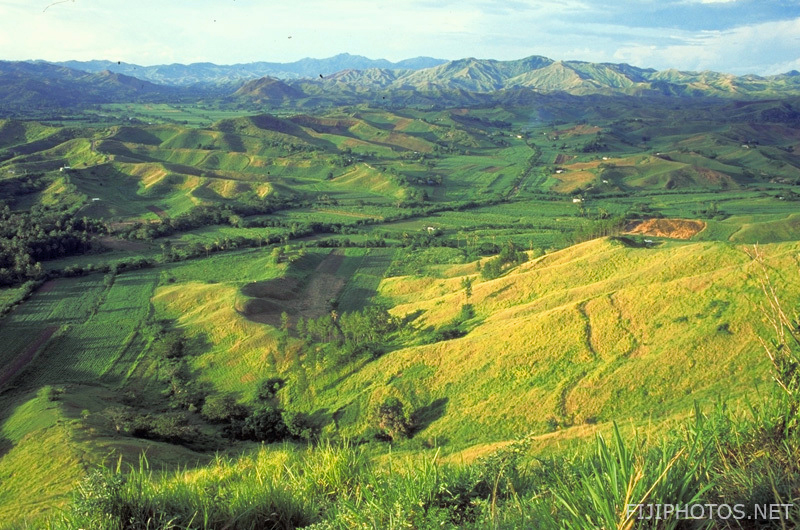
Second Option
The second option is to continue along the Sigatoka Valley Rd (sticking to your right) to the bridge beyond the village of Keiyasi. Past the bridge are two interesting points. The first (and much closer to the bridge) is a cave about an hour’s hike from the village of Natuatuacoko. Ask around and the villagers will probably be happy to show you this cave, which was used as a fortress by local tribes during the Colo Wars of 1876. If they take the time to show you around, you should offer them a suitable gift of money or groceries. The second point of interest is reached by taking the road to the end of the line, beyond the village of Korolevu. From there you walk to Namoli – an old-style, thatched-roof community. When visiting the area you should not just barge into the village, but should wait until you’re invited and come with suitable gifts. At this point you can simply turn back to Sigatoka or double back to the junction described earlier and continue along the interior.
Coral Coast beaches
Beachouse, Warwick, Hideaway, Tambua, Shangri La, and of course, Natadola.
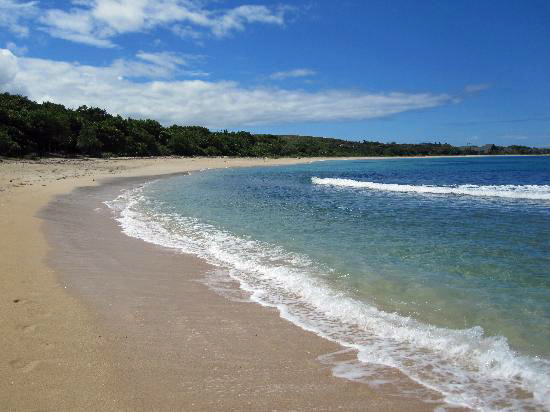
Natadola Beach
This is the best beach on Viti Levu, isolated from any resorts and thus seldom visited by tourists. (This will change in the near future—several major resorts are planned.) There is some surfing here and, the beach is sometimes used surreptitiously by campers. Swimmers should be advised that large waves break on the beach, which is great for body surfing but dangerous if you’re not a strong swimmer. Hunting for shells and snorkeling here is excellent. In theory you can camp, but there have been problems with thefts by unruly locals and even a recorded instance of rape. I definitely do not recommend that you camp here – better to picnic instead and even picnickers should not turn their back on their belongings while frolicking in the surf. Lock away all valuables.
The beach is accessible by public transport from Nadi or Sigatoka; however, from the bus stop on the Queens Rd to the beach is a three-km hike. If you have your own transport, take the Queens Rd until you reach the large Maro Mosque on the left (45 km from the airport). About 200 meters past the mosque, take the next right (Maro Rd) and follow it to the end (eight km); you’ll pass Tuva Indian School and cross two narrow bridges along the way. Turn left at the “T” junction and follow the road for another 1-1/2 km.

Glass Blowing on the Coral Coast
No, your eyes aren’t playing tricks on you. You read it right, look no futher than Hot Glass Fiji, the glass blowing workshop and gallery of Alice Hill, located on Korotogo’s Sunset Strip.
Undoubtedly the only glass blowing artisan in Fiji, she provides glass blowing and sandcasting tutorials for those interested in this age-old tradition. These include introductory classes for rank beginners or more advanced, half day courses for advanced students.
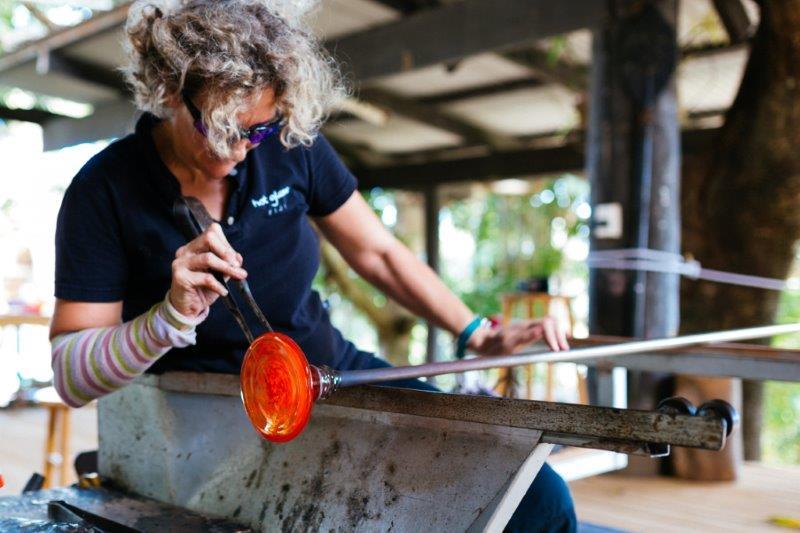
Visitors, who don’t have the time to take a class, are welcome to watch Alice and her cohorts create works of art. Her creations are inspired by Fiji rich palate of distinctive chromatic colors — the blues of the sea and sky, the sparkling waters of the lagoons and the lush greenery that surrounds this island nation. Her work also reflects the texture and aesthetics of Fiji’s traditional handicrafts such as the natural coconut husk fibres of magimagi which were traditionally used as string and rope. Alice has great gifts for that hard-to-please person that may have just about everything.
He-Ni-Uwa Eatery

If you’re tired of hotel food and want to go local, you’ll do no better than He-Ni-Uwa, which is located on the coast, about 15 kilometers outside of Sigatoka Town, heading towards Suva. They specialize in seafood, and are famous for their kokoda, which my friend Brett Jones is a big fan of. Family owned and operated, they offer delicious food at reasonable prices and do not stint on the portions. The setting, with a deck practically over the water, couldn’t be better. The owner will also organize horseback riding and fishing trips if you so desire. Perfect place to stop for a meal on your way down the Queens Road.


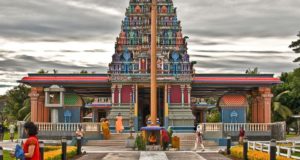
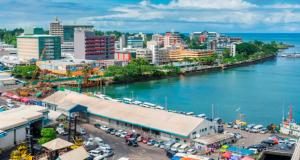
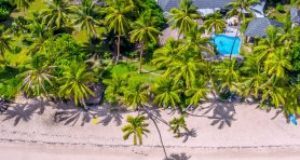
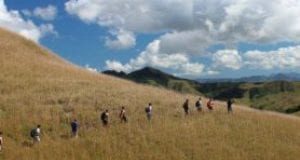
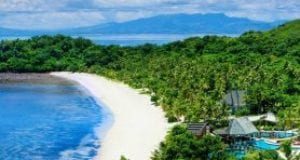
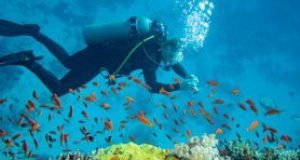
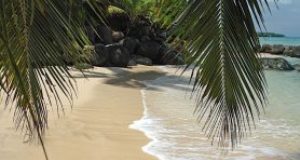
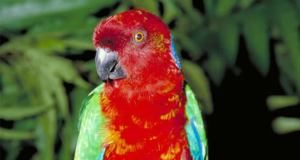
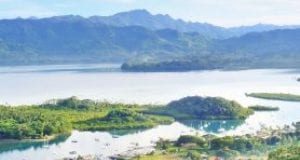
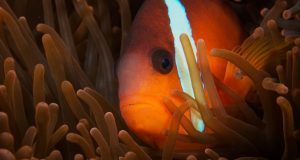
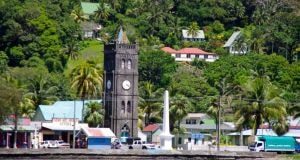
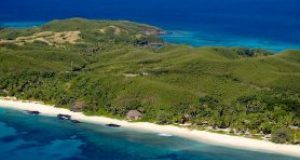
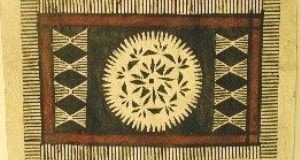
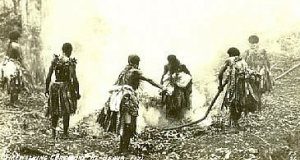
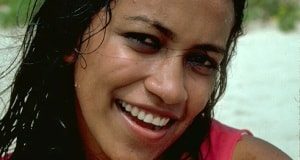


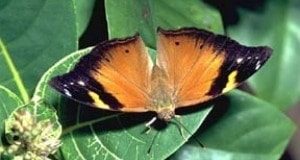
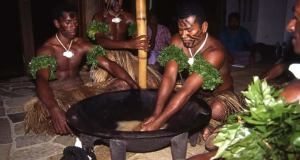


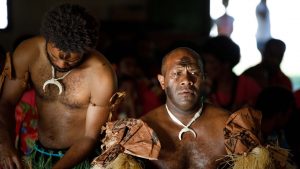
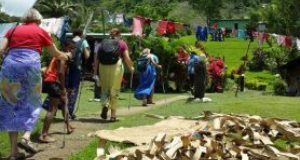
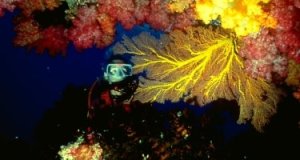
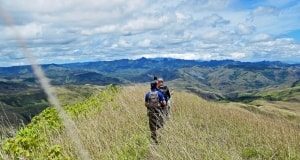
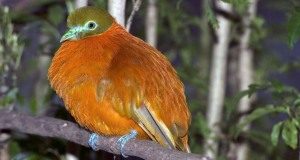

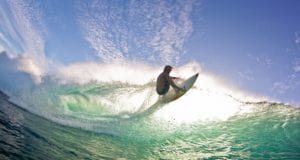
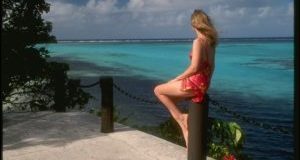
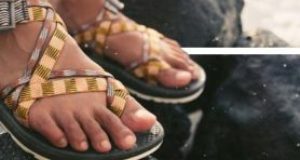
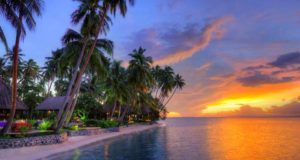
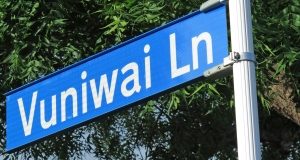
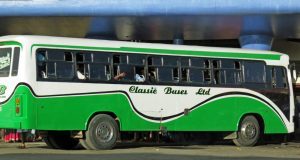

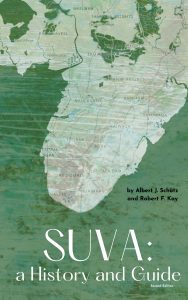
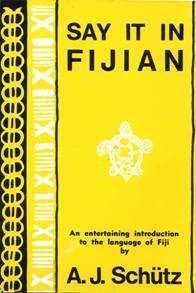
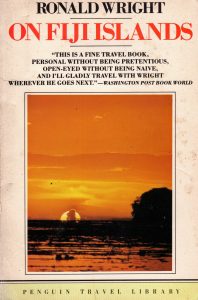
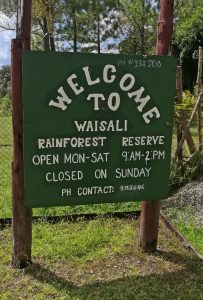
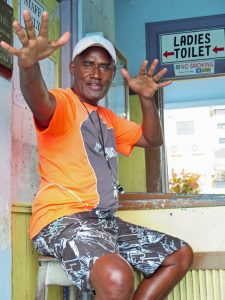

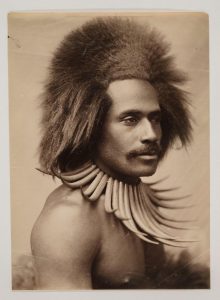
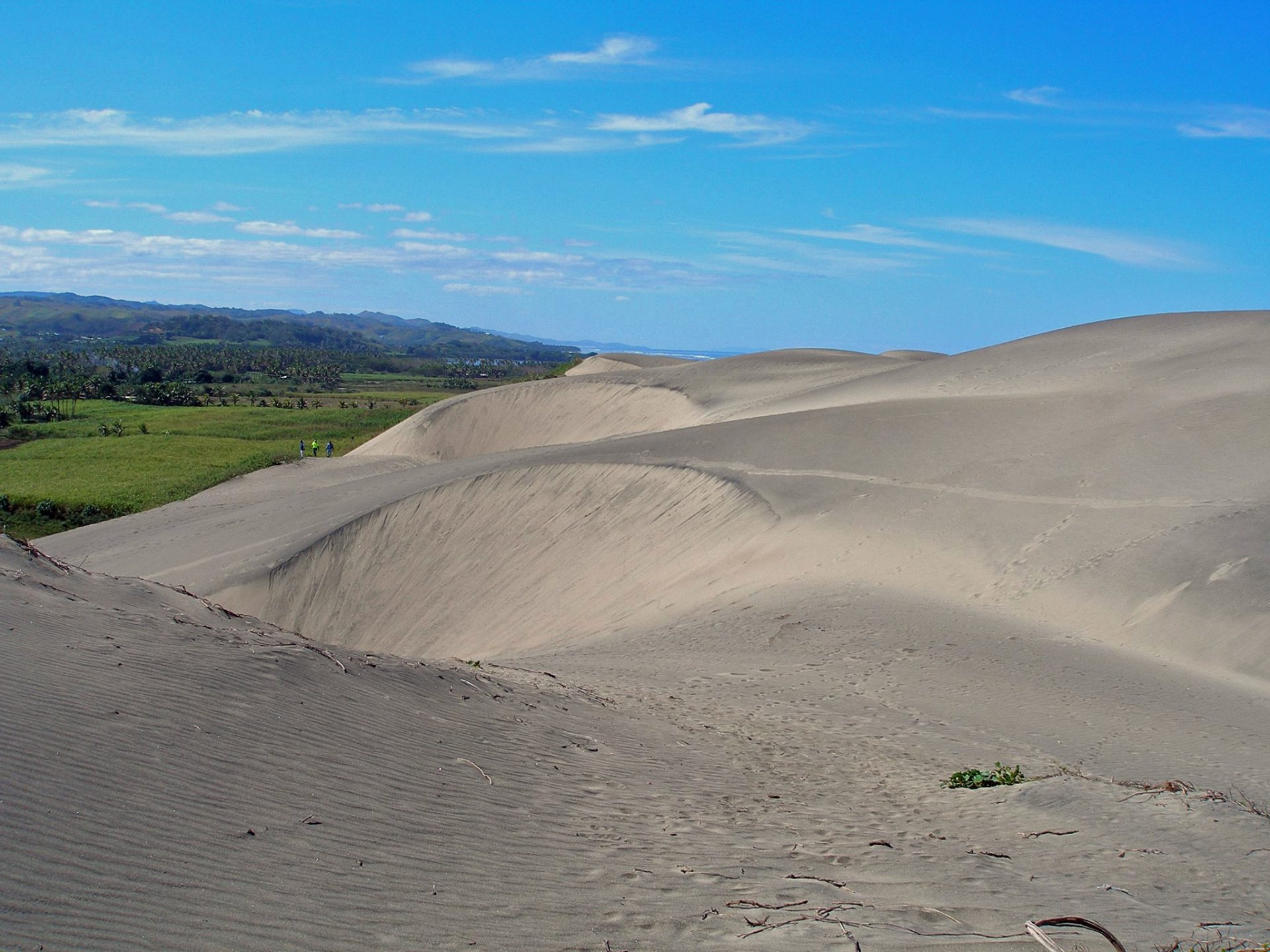
Leave a reply